
SCRANTON – Parishes across the Diocese of Scranton, including the Cathedral of Saint Peter, are busy preparing for Holy Week and Easter. The faithful are invited and encouraged to attend Masses in-person to experience the joy, hope and love of our Lord Jesus Christ.
The Most Reverend Joseph C. Bambera, Bishop of Scranton, will celebrate several Pontifical Liturgies at the Cathedral of Saint Peter for this holiest time of the year. The dates and times are highlighted in bold below.
“For the last year, our world has struggled to find a way forward in the midst of suffering, pain and the uncertainty associated with the COVID-19 pandemic but there are still so many reasons for hope. Jesus has been and continues to be with us in the midst of this storm, consoling, sustaining and assuring us of his abiding love and mercy,” Bishop Bambera said. “On Good Friday all seemed lost but Christ rose and triumphed over all.”
Since the beginning of the COVID-19 pandemic, the Diocese of Scranton has been working to protect the health and safety of all parishioners. Even with the good news of effective vaccines for the coronavirus, safety protocols remain in place for Masses at all 118 parishes throughout the 11-county Diocese.
For those attending Holy Week or Easter Masses in person, parishioners are required to wear properly fitting face coverings, remain physically distant from other individuals and practice good hand hygiene. In addition, parishioners who feel ill or suspect they (or another immediate family member) may be infected with COVID-19 are urged to stay home and participate in online/broadcast services to protect others.
Since the beginning of the pandemic, more than 75-percent of parishes in the Diocese of Scranton have started livestreaming Masses and other services to their parishioners. Many of these livestreams will continue throughout Holy Week and Easter.
For Masses at the Cathedral of Saint Peter, reservations are required for Holy Thursday Mass of the Lord’s Supper,
Good Friday Liturgy of the Lord’s Passion and all Easter Sunday Masses.
CTV: Catholic Television of the Diocese of Scranton will provide live coverage of all of the Pontifical Masses from the Cathedral of Saint Peter. In addition to being broadcast, the Masses will also be available via livestream on the Diocese of Scranton website, YouTube channel and all Diocesan social media platforms.
PALM SUNDAY, MARCH 28
The solemn observances of Holy Week, which recall the passion and death of Jesus Christ, begin on Palm Sunday, March 28. The Diocese of Scranton will resume the practice of providing blessed palms to the faithful this year.
The Most Reverend Joseph C. Bambera, Bishop of Scranton, will celebrate a Pontifical Liturgy at 12:15 p.m. at the Cathedral of Saint Peter in Scranton.
Palm Sunday Masses at the Cathedral will also be celebrated at 4:00 p.m. on Saturday, March 27, and 6:30 a.m., 10:00 a.m. and 5:00 p.m. on Sunday. Evening Prayer and Benediction will also take place at 6:15 p.m.
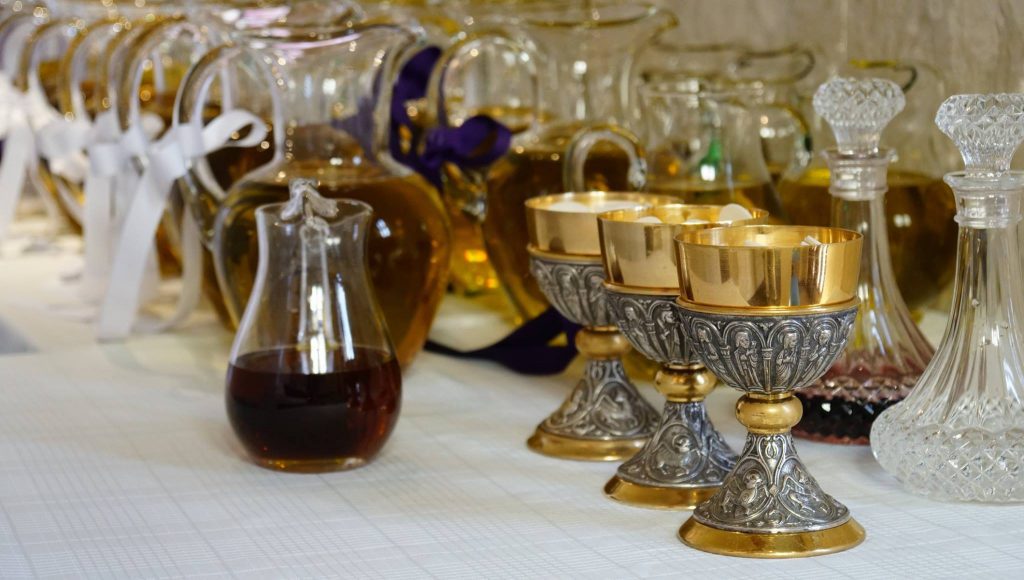 CHRISM MASS, MARCH 30
CHRISM MASS, MARCH 30
Priests serving throughout the Diocese will gather at the Cathedral on Tuesday, March 30, at 4:00 p.m. for the Solemn Pontifical Chrism Mass, at which the Holy Oils used during the conferral of sacraments throughout the Church year will be blessed. Bishop Bambera will be the principal celebrant and homilist. Due to physical distancing guidelines because of the COVID-19 pandemic, the Chrism Mass is by invitation-only but everyone in the Diocese is encouraged to participate by CTV: Catholic Television or livestream on either the Diocese of Scranton website or YouTube channel.
During this Mass, priests will renew their ordination promises and acknowledge the Bishop’s role as the unifying symbol for Church governance and pastoral guidance. After Mass, they will receive the Sacred Chrism, Oil of the Sick, and the Oil of Catechumens, which are used in the celebration of Baptism, Confirmation, Holy Orders, the Anointing of the Sick and the Rites of the Catechumenate.
 HOLY THURSDAY, APRIL 1
HOLY THURSDAY, APRIL 1
The three most sacred days of the Church’s liturgical year, known as the Sacred Paschal Triduum, begin on Holy Thursday, April 1, with the Evening Mass of the Lord’s Supper. During the Triduum (Latin for “three days”), the Church solemnly celebrates the greatest mysteries of our redemption, keeping by means of special celebrations the memorial of the Lord, crucified, buried and risen.
Holy Thursday marks the day on which Christ instituted the Holy Eucharist and the priestly Order and gave us the commandment concerning fraternal charity. At the Cathedral, Morning Prayer will be at 8:00 a.m.
The Pontifical Evening Mass of the Lord’s Supper will begin at 5:30 p.m., with Bishop Bambera serving as the principal celebrant. Due to health and safety concerns, the rite of the Washing of Feet will not take place this year. Following this Mass there will be the transfer of the Most Blessed Sacrament to the place of repose. Adoration will continue until 8:00 p.m. Night Prayer will be celebrated privately at 9:00 p.m. and broadcast via livestream.
GOOD FRIDAY, APRIL 2
On Good Friday, April 2, and the following day (up to the Easter Vigil Mass), by a most ancient tradition, the Church does not celebrate the sacraments at all, except for Penance and Anointing of the Sick. At the Cathedral, Morning Prayer for Good Friday will be at 8:00 a.m.
The Commemoration of the Passion and Death of the Lord celebrated by Bishop Bambera will begin at 12:10 p.m. In addition, the Stations of the Cross will be prayed at 5:00 p.m. Good Friday is a day of fast and abstinence.
 HOLY SATURDAY, APRIL 3
HOLY SATURDAY, APRIL 3
Holy Saturday, April 3, is the day that the Church waits at the Lord’s tomb in prayer, meditating on his passion and death and awaiting his resurrection. Morning Prayer will be at 8:00 a.m. at the Cathedral.
Bishop Bambera will be the principal celebrant and homilist of the Easter Vigil Mass at the Cathedral beginning at 8:00 p.m.
On the Holy Night of Easter, many individuals who have participated in the Rite of Christian Initiation of Adults (RCIA) will become fully initiated Catholics by the celebration of their Baptism, Confirmation, and reception of the Eucharist for the first time. This year, 85 people are expected to celebrate in parishes throughout the Diocese. They join tens of thousands of other individuals throughout the world who will become members of the Church that night.
EASTER SUNDAY, APRIL 4
Easter Sunday of the Resurrection of the Lord is the most joyous day in the Church year. This joy overflows into the
50 days of the Easter season, which concludes on Pentecost Sunday. On Easter Day, Bishop Bambera will celebrate a Pontifical Mass at 10:00 a.m. at the Cathedral. Additional Masses at the Cathedral during the day will be at 6:30 a.m. and 12:15 p.m.
Since Christ accomplished his work of human redemption and of the perfect glorification of God through his Paschal Mystery, in which by dying he has destroyed our death, and by rising restored our life, the Sacred Paschal Triduum shines forth as the high point of the entire liturgical year. Therefore, the preeminence that Sunday has in the week, the Solemnity of Easter has in the entire year.
CTV Airing 2021 Holy Week
and Easter Services
CTV: Catholic Television of the Diocese of Scranton, will broadcast the following Holy Week and Easter services from the Cathedral of Saint Peter in Scranton, celebrated by the Most Reverend Joseph C. Bambera, D.D., J.C.L., Bishop of Scranton.
Palm Sunday Mass on March 28 at 12:15 p.m. (1hr/30m)
Chrism Mass on Tuesday, March 30, at 4 p.m.; (1hr/30m)
Mass of the Lord’s Supper on Holy Thursday, April 1, at 5:30 p.m. (1hr/30m)
Good Friday Commemoration of the Lord’s Passion, April 2 at 12:10 p.m. (1hr/30m)
Easter Vigil Mass on Holy Saturday, April 3, at 8 p.m. (1hr/30m)
Easter Sunday Mass, April 4, at 10:00 a.m. (1hr/30m)
CTV will also carry EWTN’s coverage of the following Holy Week services from Rome and Washington, D.C.
SOLEMN MASS OF PALM SUNDAY FROM ROME with Pope Francis,
March 28, live at 5:00 a.m., followed by the Angelus in St. Peter’s Square (1 hour/15 min.)
CHRISM MASS IN ROME with Pope Francis, live from Rome
Thursday, April 1, live at 3:30 a.m. (2 hr)
SOLEMN MASS OF THE LORD’S SUPPER FROM ROME
Commemorating when Jesus turned bread and wine into his body and blood, is presided over by His Holiness, Pope Francis, live from St. Peter’s Basilica in Rome.
Thursday, April 1; 12:00 PM, live, (60 minutes)
CELEBRATION OF THE LORD’S PASSION FROM ROME
His Holiness presides over the Solemn Celebration of the Lord’s Passion, from Vatican City.
Friday, April 2, 12:00 p.m. live; (1hr/15m)
LITURGY OF THE LORD’S PASSION
CHORAL MEDITATIONS AND LITURGY OF THE LORD’S PASSION
Live broadcast of the Liturgy of the Lord’s Passion
Friday, April 2, 2:30 p.m., live. (2hr/30m)
LITURGY OF THE LORD’S PASSION
Live broadcast of the Liturgy of the Lord’s Passion
Friday, April 2, 6:00 p.m., live. (1hr/30m)
THE WAY OF THE CROSS FROM ROME
Pope Francis presides over the Stations of the Cross, from the Coliseum in Rome.
Friday, April 2, 8:00 p.m. (1hr/15m)
CELEBRATION OF THE LORD’S PASSION FROM ROME
His Holiness presides over the Solemn Celebration of the Lord’s Passion, from Vatican City. Saturday, April 3, 12:00 a.m. (1hr/15m)
EASTER VIGIL MASS FROM ROME with Pope Francis,
Saturday, April 3, live at 3:00 p.m.
(1hr/30m)
SOLEMN MASS OF EASTER FROM ROME with Pope Francis,
He is risen! Pope Francis celebrates the Solemn Mass of Easter Sunday in Vatican City, and gives a traditional address and blessing to the city of Rome and to the world.
Sunday, April 4, live at 5:00 a.m.; encore at 7:00 p.m. (75 minutes)
EASTER SUNDAY MASS FROM WASHINGTON, D.C.
Live on April 4 at 12:00 p.m. from the Basilica of the National Shrine of the Immaculate Conception. (2hr)
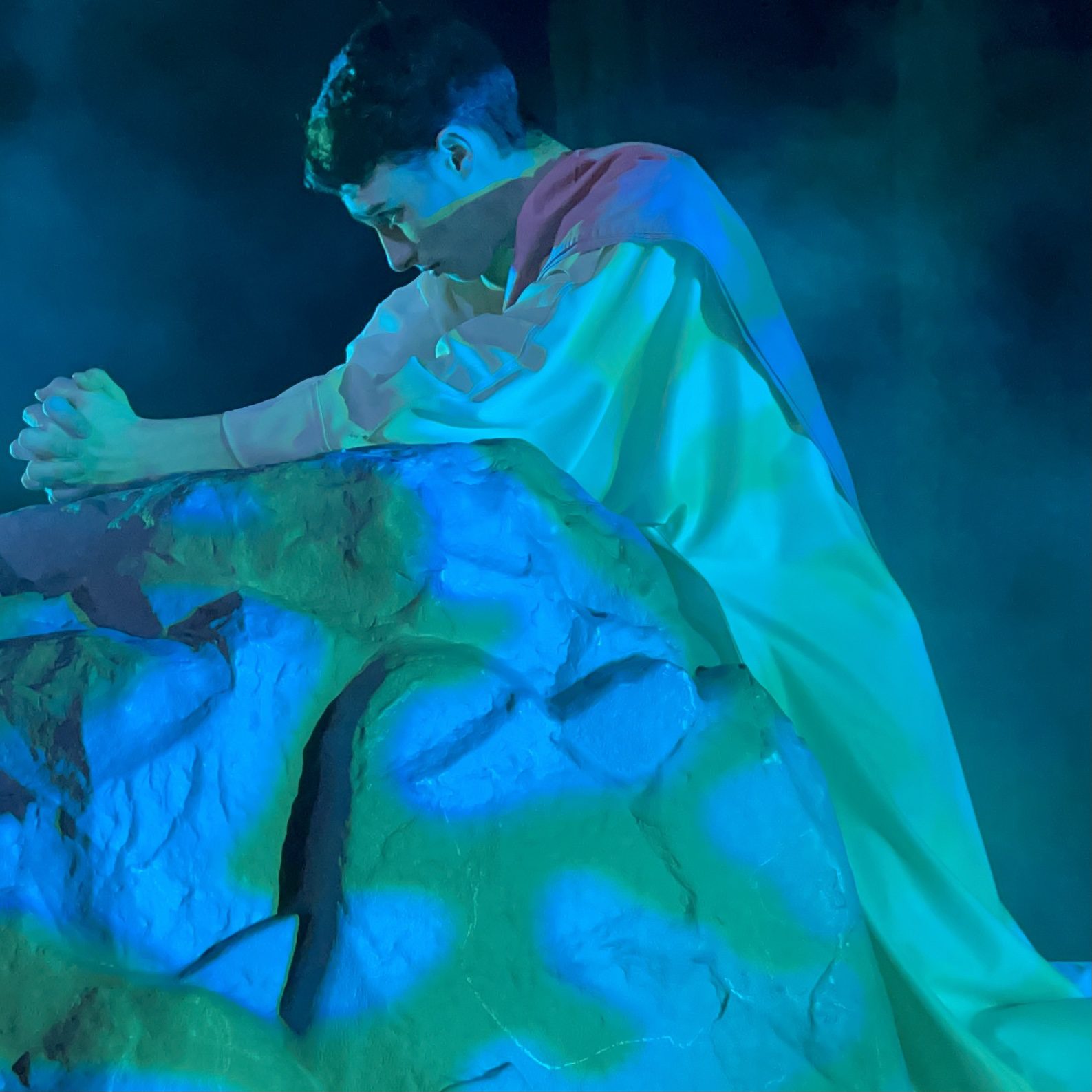

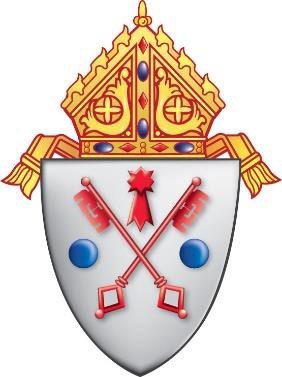
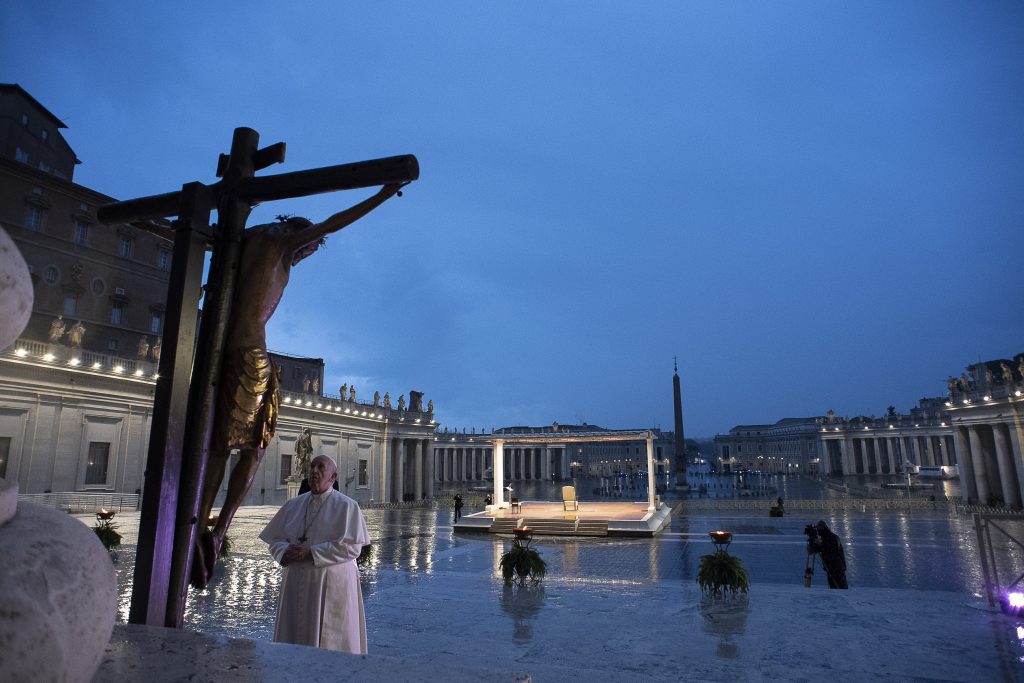

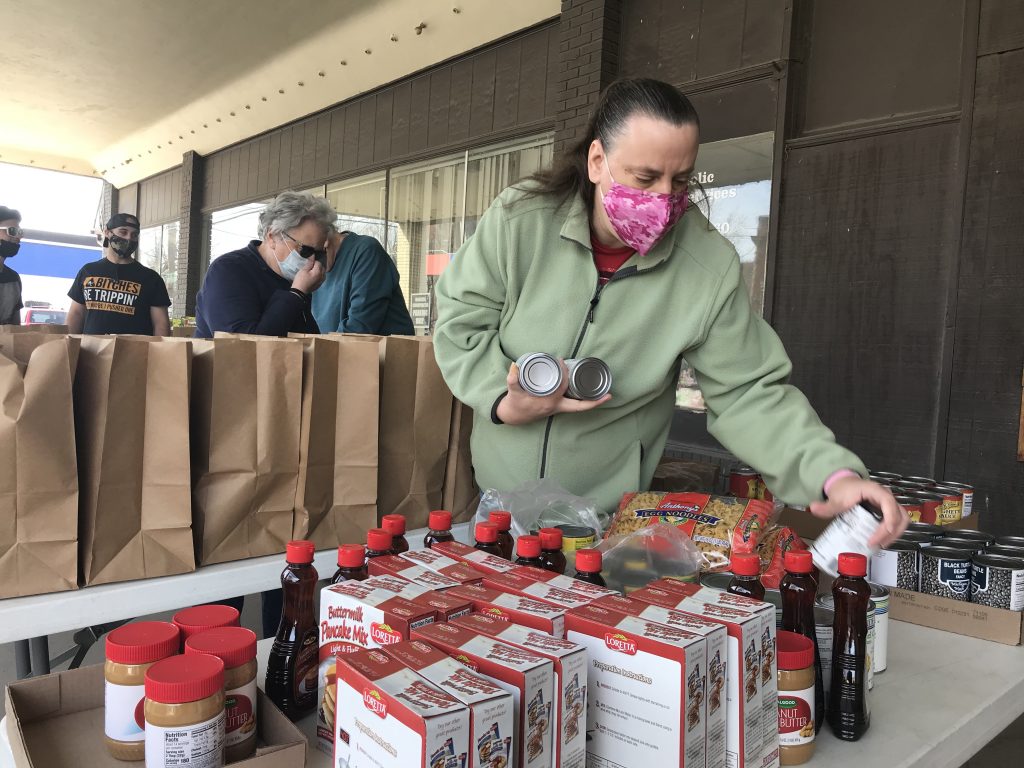 To help alleviate the stress of families around the holidays, Catholic Social Services in Carbondale has been hosting special food distributions in addition to their normal pantry services.
To help alleviate the stress of families around the holidays, Catholic Social Services in Carbondale has been hosting special food distributions in addition to their normal pantry services.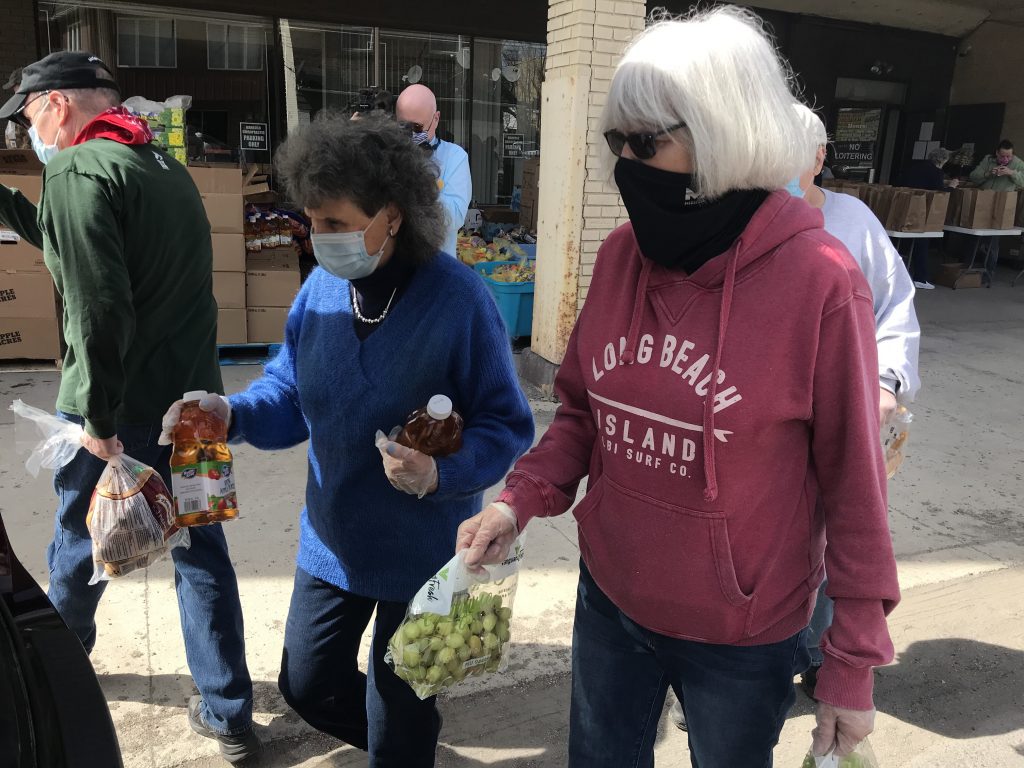
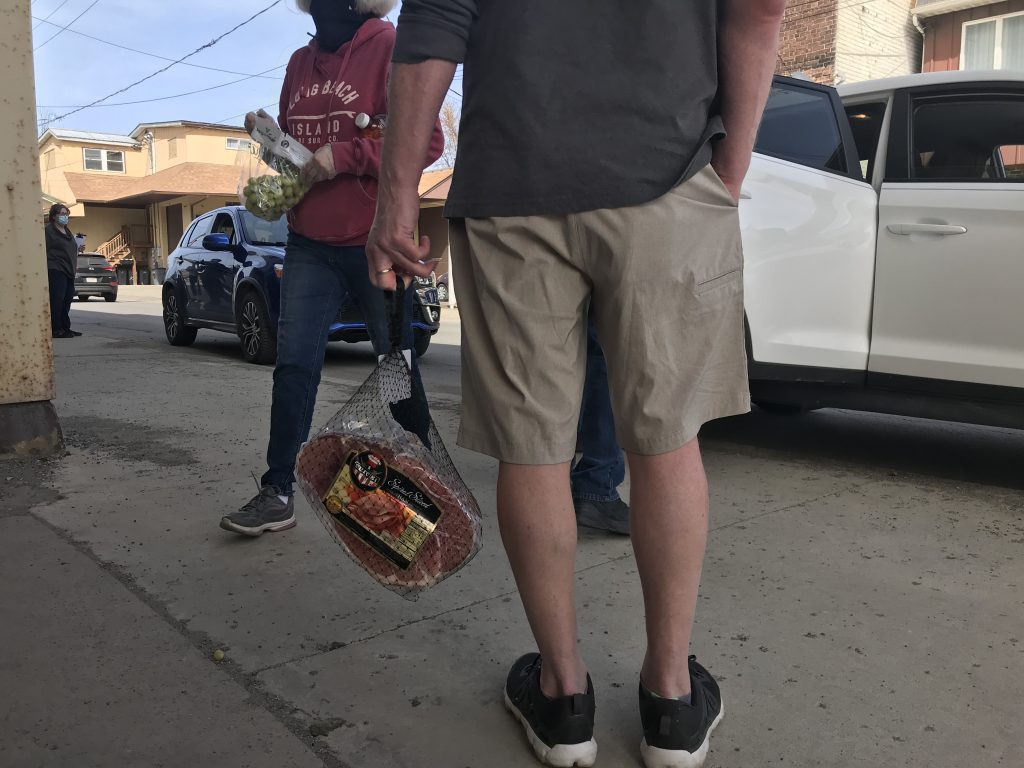 been out of work or couldn’t work because of the pandemic so there have been a lot more people needing food or clothing,” she added.
been out of work or couldn’t work because of the pandemic so there have been a lot more people needing food or clothing,” she added.

 CHRISM MASS, MARCH 30
CHRISM MASS, MARCH 30 HOLY THURSDAY, APRIL 1
HOLY THURSDAY, APRIL 1
 HOLY SATURDAY, APRIL 3
HOLY SATURDAY, APRIL 3

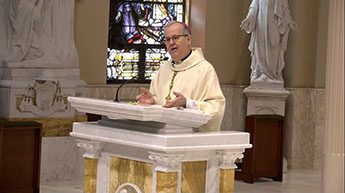
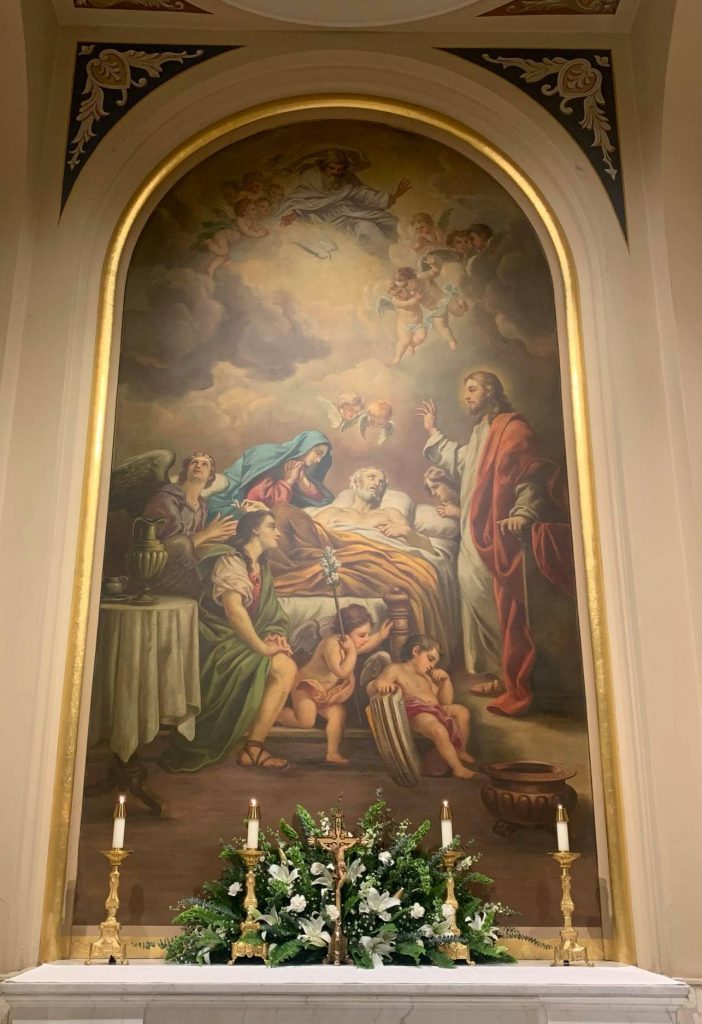 “It is not at all by coincidence that while we in the Church of Scranton have dedicated this past year to Joseph, our Holy Father, Pope Francis, on behalf of the universal Church, dedicated a year to him as well,” the bishop said.
“It is not at all by coincidence that while we in the Church of Scranton have dedicated this past year to Joseph, our Holy Father, Pope Francis, on behalf of the universal Church, dedicated a year to him as well,” the bishop said.